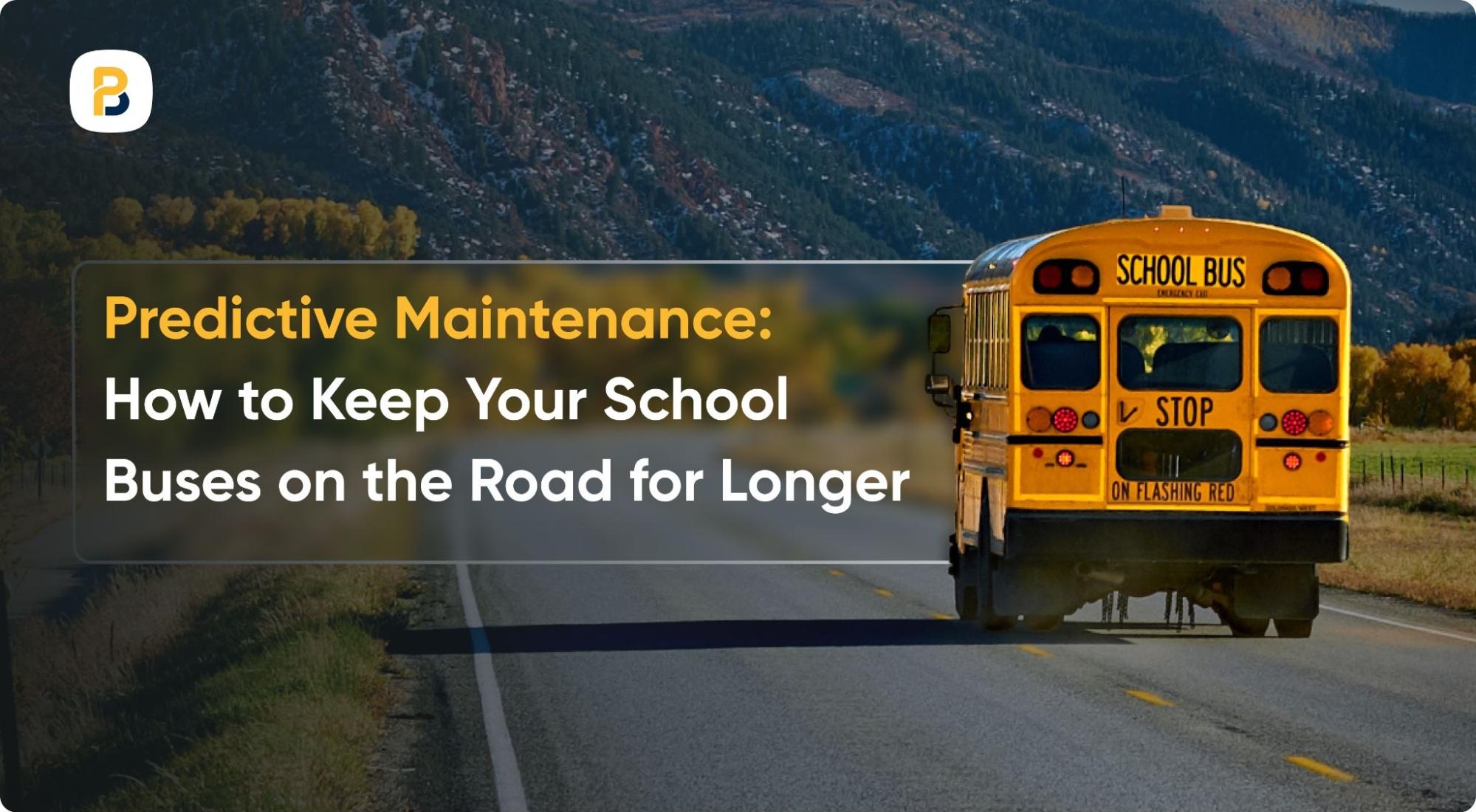Every day you go to the grocery store, things seem a bit more expensive than before. While inflation impacts us on a personal level, it also significantly impacts student transportation and parents’ decision to use yellow buses.
In this article, we’ll discuss some of the most significant impacts of inflation on student transportation.
1. Increased Operating Costs
With gas prices increasing, we’re likely to face overall inflation. Filling up your buses will cost more, and bus parts will likely be more expensive as well.

New gas prices can put a strain on school district transportation budgets. Since a very small percentage of funding is allocated to student transportation at schools, higher fuel costs may force districts to reduce the number of bus routes.
Many districts can deter some of these costs with proper route optimization using school bus management software. A small portion of schools have started using hydrogen or electric buses to reduce the impact of fluctuations in fuel prices.
2. Worsening Driver Shortage
The school bus driver shortage has been a rampant problem in North America for a decade, worsening over the last few years. One of the major reasons for the driver shortage is that people working in those roles are unhappy with their wages.
With the rising prices for everyday goods, drivers are likely to demand higher salaries. If districts fail to meet their needs, drivers may resign, further adding to operations challenges.
3. Potential Increase in Ridership
While several factors impact how many sign up for school buses, that number might increase.

Private transportation has been preferred over school buses since the onset of the COVID-19 pandemic. But the following factors may change the status quo:
- Rising Gas Prices: Students using personal cars may not have the budget to commute to school, leading to greater reliance on alternate forms of commuting. In states with limited public transportation options and poor biking infrastructure, school buses may be the best option.
- Cars Are Getting Expensive: With new and used car prices having reached an all-time high, vehicle ownership may not be a viable option for every student. Many of these students are likely to use school buses for commuting.
While having more students ride the bus is a good thing, it’s important to understand the need for an increase in routes and more drivers that come with it.
Dealing With the Challenges
While dealing with inflation is challenging, government interventions can help alleviate most of these problems. In the meantime, exploring student transportation management software can help you allocate resources effectively and maximize productivity. Get in touch with us today to learn more about BusPlanner’s robust student transportation platform.







